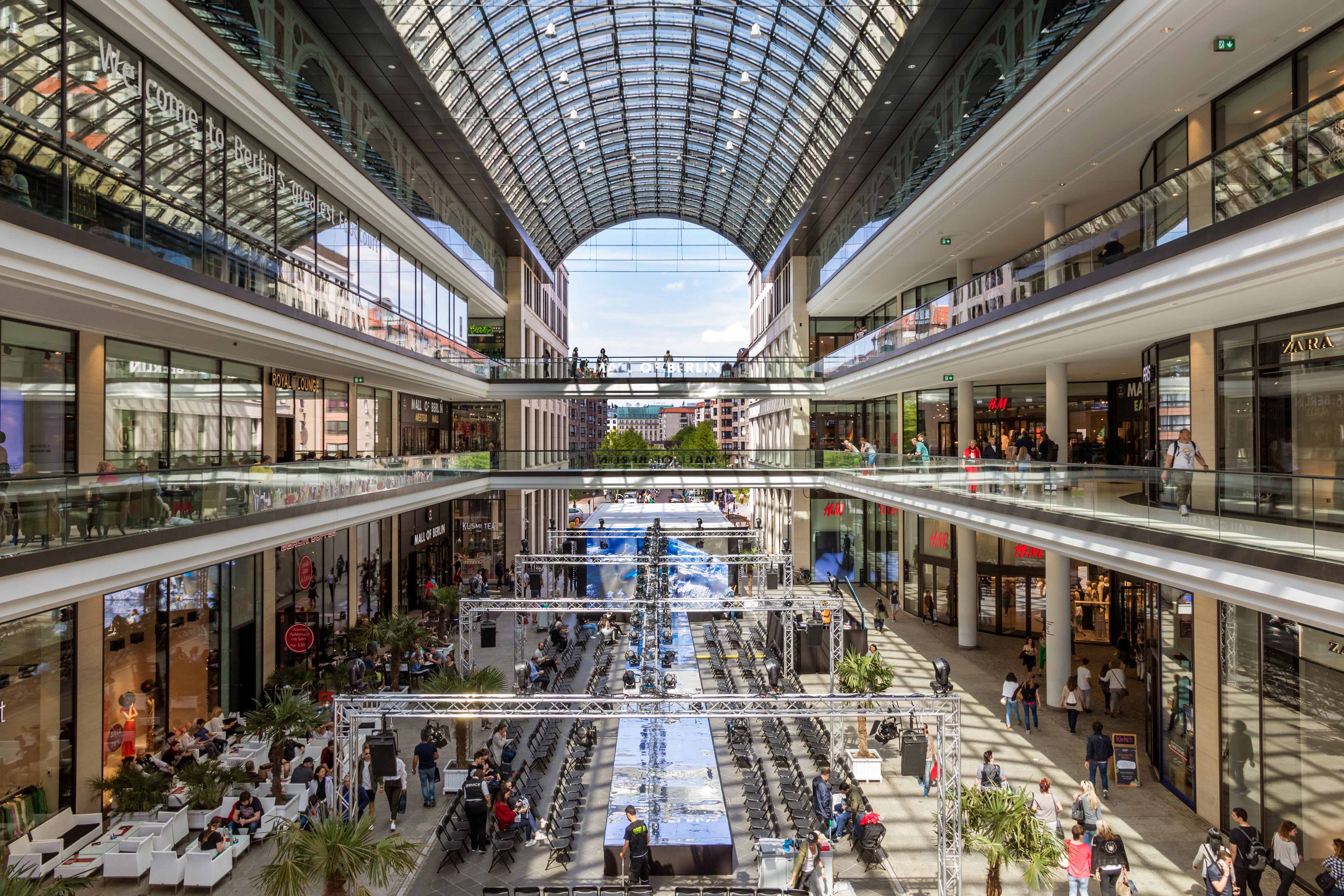
In almost all sectors of commercial foodservice retail gastro-hybrids can be discovered, says Moritz Kolb and Olaf Hohmann of EHI Retail Institute GmbH
According to the latest market survey by the German EHI Retail Institute, more than €9bn is generated annually in the German food and beverage trade. Commercial foodservice takes place across multiple sectors and in almost all sectors retail-gastronomy hybrids can be discovered. These hybrids combine provide gastronomic experiences within a retail environment.
Retail and gastronomy were once clearly separated. On the one hand there were product offers from grocery retailers for home cooking. On the other, there were restaurants providing a stand-alone gastronomic offering. This clear separation no longer exists, and the merging of the formats is increasing with retail gastro-hybrids often conceptually relating to trading activities.
Behind the combination of trade and gastronomy are always thoughtful and not just random concepts.
In Germany many food retail businesses are currently developing a more gastronomy-style offering. Commercial gastronomy includes the full range of gastronomic services, as well as drinks and ready-to-eat meals. They range from coffee concepts as a feel-good and welcome service to lunch offers but also gourmet evening events. In shopping centres, food offers complement traders in competition for frequency, length of stay and customer experience. The retailers show their food competence is on par with businesses in the ‘traditional’ out-of-home gastronomy market.
Gas stations generate additional sales with convenience and gastronomy offerings; fashion retailers develop coffee concepts for feel-good and welcome services for customers. In shopping centres, food offers complement traders in competition for frequency, length of stay and customer experience.
Social functions
Out-of-home food consumption in Germany has risen steadily in recent years. According to NPD Group Germany gross sales of more than €80bn are expected for 2018 in this area. This trend is mainly based on social factors. Shopping often is a pastime, shops become places of human contact, and cafes, bars and restaurants become meeting places for people. Therefore, many new gastronomic concepts are trying to establish a social meeting place where guests are welcome.
It is increasingly about the creation of hybrid places through a fusion of classic retail, gastronomy, art and entertainment. This is therefore one of the key growth drivers of the retail-gastro hybrid trend.
Within the German retail-trading environment about 33,000 stores and outlets are relevant in order to their retail foodservice concepts. More than half of total food and beverage trade (56%) is generated in food retailing. This total of €5.2bn is divided into the three areas: foyer €3bn; on-the-go convenience €2bn; and catering in the commercial space €0.2bn
The furniture industry: a retail-gastronomy pioneer
Of all retail spaces with a gastronomy offering it is the furniture industry that has been at the forefront of customer gastronomy. The concept of retail catering in peripheral locations is a successful component of large furniture stores. Approximately €400mn is being transacted in around 500 furniture stores throughout Germany.
Department stores have also been a staple of traditional catering trade with their self-service restaurants. At present, optimization and new (pilot) concepts are taking place in the direction of themed gastronomy and target group-specific offers. In 150 relevant locations in Germany, gross sales are around €240mn. These established trade restaurants thus together account for about 7% of total gastronomy sales.
The future of retail-gastronomy hybrids
A trend that has persisted for years now and will be continuing is that store planning and conversions in retail are going towards gastronomy. Underlying increased mobility and disposable income of consumers, trend towards urbanisation continues and at the same time more people live in smaller households. Rigid meal structures are a thing of the past, and the desire to have fun and experience in shopping and dining becomes more important.
Overall, it can be assumed that retail trading environment in these sectors will increase in the medium term. By far the largest part of retail trade will continue to be in stationary food retailing and continue to grow. Moreover, significant growth can be expected with developing offers at petrol stations (shop sales such as coffee and snacks) and fashion shops but also in revitalised shopping centres.
In these growth markets, increasing quality regarding the food and drinks offered, as well as the equipment and the ambience is a growing trend. In the furniture trade and department stores, the gastronomic offer has been established for decades, which is why stable sales or a slight growth can be expected here.
Moritz Kolb and Olaf Hohmann, EHI Retail Institute GmbH
Pictured: Interior view of the new Mall of Berlin shopping centre at Leipziger Platz, Berlin. The mall has various shopping facilities on four floors.
